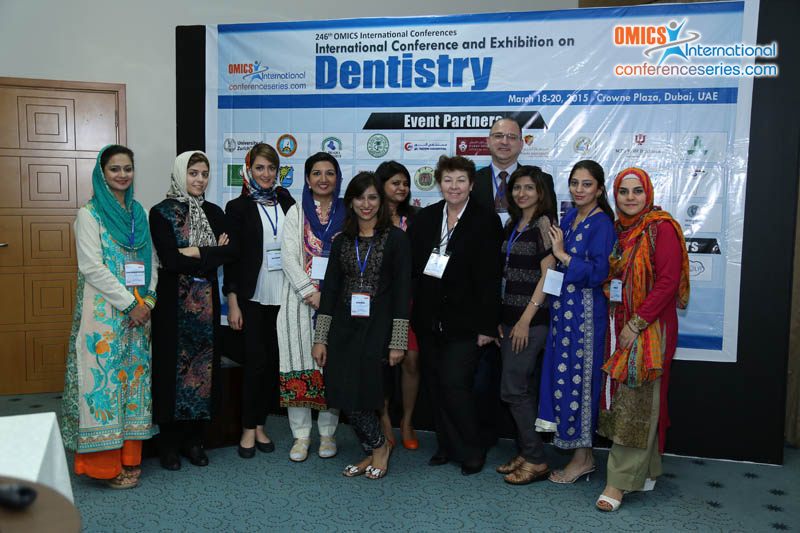
Sultan Aldeyab
Ministry of National Gauard, King Abdulaziz Medical City, Riyadh
Title: Correction of Excessive Spaces in the Esthetic Zone
Biography
Biography: Sultan Aldeyab
Abstract
Introduction:
The use of porcelain crowns and veneers to solve esthetic problems has been shown to be a valid management option especially in the anterior esthetic zone. This case report discusses a patient having diastema in the anterior region. The patient was treated with orthodontic treatment and porcelain crowns & veneers in the maxillary arch for the closure of diastema.
Clinical report:
A 35 year old male patient with a chief complaint of discolored anterior teeth and gaps between the teeth. The patient was unhappy with the appearance of his teeth.After thorough examination; impressions for diagnostic models were made in irreversible hydrocolloid. The models were studied to decide the shape and size of the restorations with help of a diagnostic wax up. Before proceeding for tooth preparation, shade was selected using Classical shade guide (Vita Zahnfabrik, Germany). The maxillary teeth were then prepared from right 2nd premolar to the left 2nd premolar to receive porcelain crowns and laminate veneers. Impression of the maxillary arch was made in addition silicone.
The laminates were etched with 4 % Hydrofluoric acid, after etching, they were washed thoroughly using liberal amount of water. On drying, a coat of Silane coupling agent (Porcelain Primer, Bisco,USA ) performed on two teeth at a time starting at the midline.
The prepared teeth were etched using 37% Phosphoric Acid for 15 seconds. On air drying bonding agent was applied & light cured for 10 seconds. Composite luting agent was used for cementation. The laminates were spot cured for 5 seconds initially. Excess cement was removed with explorer and then complete curing was done for 20 seconds. On completion of the cementation procedure, the occlusion was checked in centric and eccentric positions for interferences. The high points were removed and polished.
Discussion:
The etiology of diastema may be attributed to the following factors: (a) Hereditary- congenitally missing teeth, tooth and jaw size discrepancy, supernumerary teeth & frenum attachments; (b) Developmental problems- habits, periodontal disease, tooth loss, posterior bite collapse (Oesterle & Shellhart, 1999). Treatment planning for diastema correction includes orthodontic closure, restorative therapy, surgical correction or multidisciplinary approach depending upon the cause of diastema (Dlugokinski et al, 2002).
Conclusion:
Orthodontic treatment, bonded porcelain crowns & veneers can provide successful esthetic and functional long-term service for patients.


